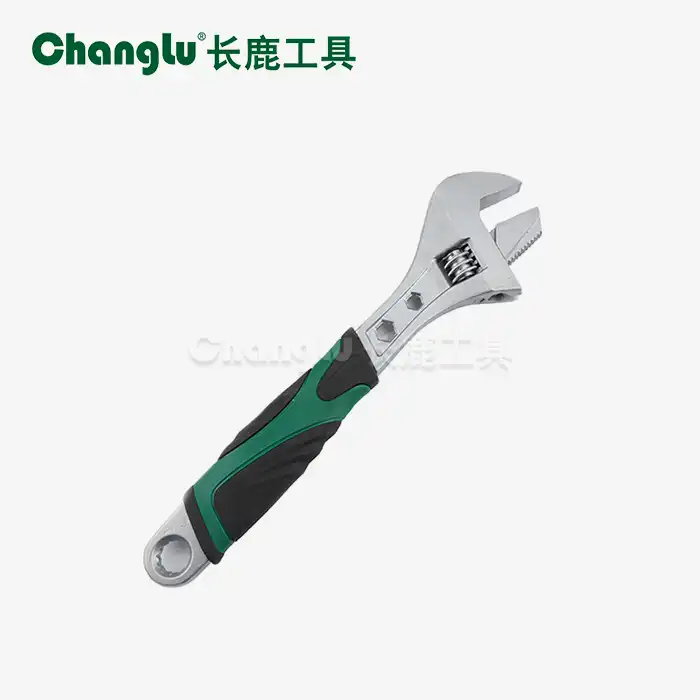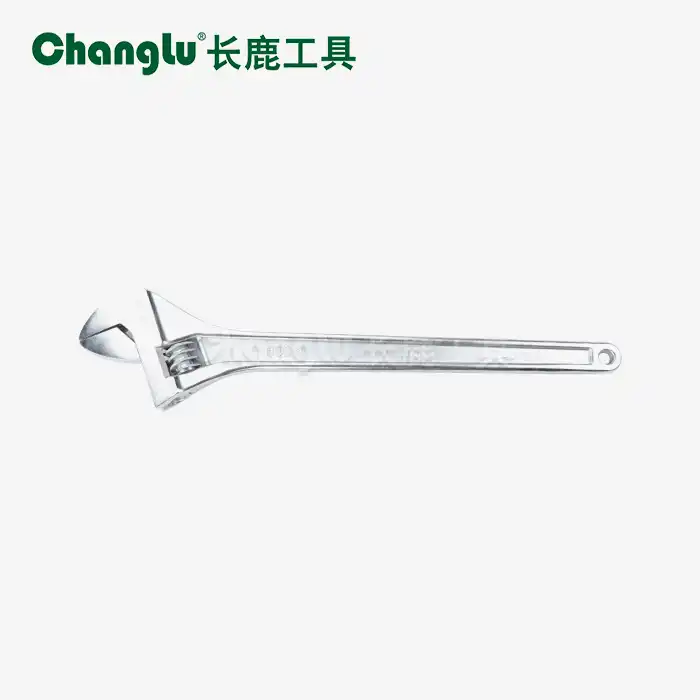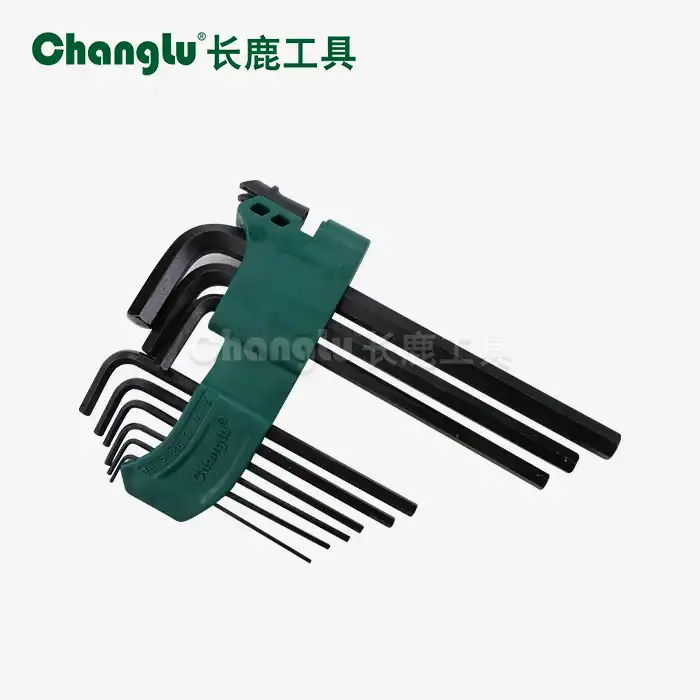- English
- French
- German
- Portuguese
- Spanish
- Russian
- Japanese
- Korean
- Arabic
- Greek
- German
- Turkish
- Italian
- Danish
- Romanian
- Indonesian
- Czech
- Afrikaans
- Swedish
- Polish
- Basque
- Catalan
- Esperanto
- Hindi
- Lao
- Albanian
- Amharic
- Armenian
- Azerbaijani
- Belarusian
- Bengali
- Bosnian
- Bulgarian
- Cebuano
- Chichewa
- Corsican
- Croatian
- Dutch
- Estonian
- Filipino
- Finnish
- Frisian
- Galician
- Georgian
- Gujarati
- Haitian
- Hausa
- Hawaiian
- Hebrew
- Hmong
- Hungarian
- Icelandic
- Igbo
- Javanese
- Kannada
- Kazakh
- Khmer
- Kurdish
- Kyrgyz
- Latin
- Latvian
- Lithuanian
- Luxembou..
- Macedonian
- Malagasy
- Malay
- Malayalam
- Maltese
- Maori
- Marathi
- Mongolian
- Burmese
- Nepali
- Norwegian
- Pashto
- Persian
- Punjabi
- Serbian
- Sesotho
- Sinhala
- Slovak
- Slovenian
- Somali
- Samoan
- Scots Gaelic
- Shona
- Sindhi
- Sundanese
- Swahili
- Tajik
- Tamil
- Telugu
- Thai
- Ukrainian
- Urdu
- Uzbek
- Vietnamese
- Welsh
- Xhosa
- Yiddish
- Yoruba
- Zulu
How is a Pointer Torque Wrench Used Effectively in Workshops?
Pointer torque wrenches are essential precision instruments that enable workshop professionals to achieve accurate fastener tightening with visual torque confirmation. These specialized tools feature chromium vanadium steel construction with mirror anti-rust treatment and overall quenching for exceptional durability and high hardness in the operating rod. The distinctive pointer scale serves as the torque display area, providing real-time feedback during fastening operations, while the knurled handle design ensures secure grip and anti-slip performance. Effective utilization of pointer torque wrenches in workshop environments requires understanding proper calibration procedures, application techniques, and maintenance protocols. Whether performing routine automotive maintenance, precision assembly work, or heavy-duty industrial repairs, mastering the correct use of pointer torque wrenches significantly improves work quality, reduces component damage, and ensures compliance with manufacturer specifications across diverse workshop applications.
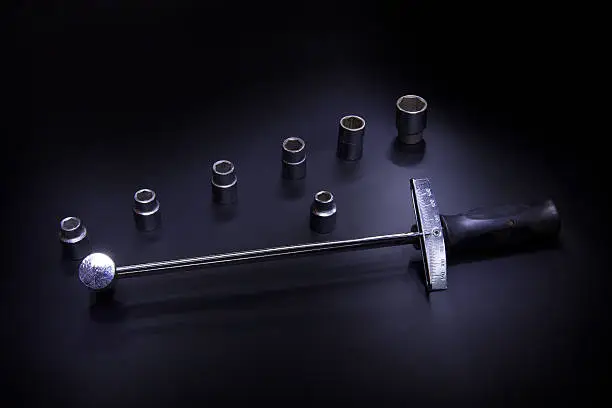
What Are the Proper Calibration and Setup Procedures for Pointer Torque Wrenches?
Initial Calibration and Accuracy Verification
Proper calibration of pointer torque wrenches begins with establishing baseline accuracy using certified torque standards and verification equipment. Workshop technicians must ensure the pointer mechanism accurately reflects applied torque values across the entire measurement range before incorporating these tools into daily operations. The chromium vanadium steel construction and overall quenching process provide stable mechanical properties that maintain calibration integrity over extended periods, but regular verification remains essential for precision work. When used in conjunction with Quick Release Ratchet Wrench systems, the calibration process must account for additional mechanical interfaces that could affect torque transmission accuracy. Professional workshops typically maintain calibration records and establish periodic verification schedules based on usage frequency and criticality of applications. Temperature compensation factors should be considered when calibrating pointer torque wrenches for use in environments with significant thermal variations, as material expansion and contraction can influence measurement accuracy.
Pre-Use Inspection and Setup Protocols
Comprehensive pre-use inspection of pointer torque wrenches involves examining the pointer mechanism, scale readability, and handle condition to ensure optimal performance and safety. The mirror anti-rust treatment should be inspected for integrity, as surface corrosion can compromise the tool's appearance and potentially affect measurement accuracy. Workshop personnel should verify that the pointer moves smoothly without binding or excessive play, indicating proper internal mechanism function. The knurled handle design should be examined for wear patterns that might compromise grip security during high-torque applications. When integrating pointer torque wrenches with Quick Release Ratchet Wrench attachments, technicians must ensure proper engagement and verify that additional components do not interfere with pointer visibility or scale accuracy. Establishing standardized setup procedures helps maintain consistency across multiple operators and reduces the likelihood of measurement errors that could result in component failure or safety hazards.
Range Selection and Application Planning
Effective pointer torque wrench utilization requires careful consideration of torque range requirements and proper tool selection for specific applications. The pointer scale torque display area must provide adequate resolution and readability for the intended fastener specifications, ensuring operators can accurately interpret measurements under typical workshop lighting conditions. Different applications may require multiple pointer torque wrenches with overlapping ranges to maintain optimal accuracy across diverse fastener sizes and materials. When combined with Quick Release Ratchet Wrench functionality, range planning must consider the additional mechanical advantage and potential torque multiplication effects. Workshop supervisors should establish clear guidelines for tool selection based on fastener specifications, material properties, and criticality of the application. Training programs should emphasize the importance of operating within the optimal portion of the torque range, typically between 20% and 80% of maximum capacity, to ensure best accuracy and extend tool service life.
How Do You Read and Interpret Pointer Torque Wrench Measurements Accurately?
Understanding Scale Graduations and Units
Accurate interpretation of pointer torque wrench measurements requires thorough understanding of scale graduations, unit conversions, and reading techniques under various workshop conditions. The pointer scale torque display area typically features multiple measurement units including foot-pounds, inch-pounds, and Newton-meters, requiring operators to select appropriate units based on application requirements and specification documents. Proper lighting conditions are essential for accurate scale reading, particularly when working in confined spaces or poorly illuminated areas where the mirror anti-rust treatment can provide additional visibility through light reflection. When using pointer torque wrenches with Quick Release Ratchet Wrench systems, operators must account for potential parallax errors that can occur when viewing the scale from improper angles. Workshop training should emphasize consistent reading techniques and proper positioning to minimize measurement uncertainty and ensure repeatability across different operators and applications.
Real-Time Monitoring and Peak Detection
Effective use of pointer torque wrenches involves continuous monitoring of the pointer position during fastening operations to detect peak torque values and identify potential over-torquing situations. The chromium vanadium steel construction provides excellent durability for repeated loading cycles, while the overall quenching process ensures consistent mechanical response throughout the tool's service life. Operators must develop sensitivity to the relationship between applied force and pointer movement, recognizing when target torque values are approached and avoiding sudden force application that could result in over-torquing. The knurled handle design facilitates controlled force application and helps operators maintain steady grip pressure during critical measurements. When integrated with Quick Release Ratchet Wrench mechanisms, peak detection becomes more challenging due to the intermittent nature of ratcheting action, requiring operators to pause between ratchet clicks to allow pointer stabilization and accurate reading.
Documentation and Quality Assurance
Systematic documentation of torque measurements using pointer torque wrenches supports quality assurance programs and provides traceability for critical applications. Workshop procedures should establish clear protocols for recording torque values, operator identification, and environmental conditions that might affect measurement accuracy. The visual nature of pointer torque wrenches facilitates independent verification by supervisors or quality control personnel who can observe measurements in real-time and confirm proper procedures are followed. Digital photography or video recording of pointer positions can provide additional documentation for high-stakes applications where measurement disputes might arise. When Quick Release Ratchet Wrench systems are employed, documentation should include details about the specific tool configuration and any adapters or extensions that might influence torque transmission. Regular review of documented measurements helps identify trends, operator training needs, and potential calibration drift that requires attention.
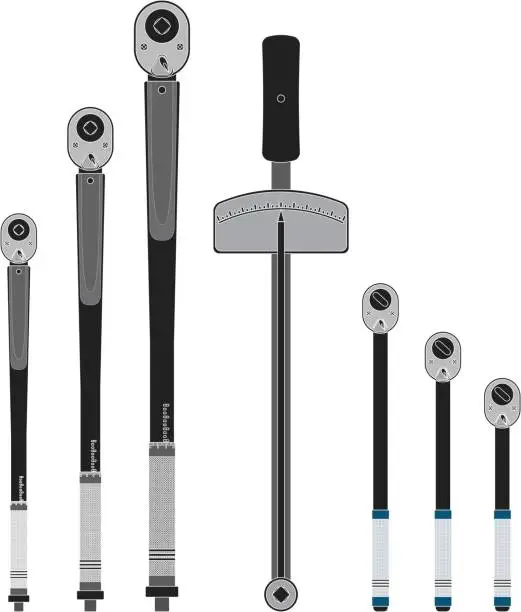
What Are the Best Practices for Maintaining Pointer Torque Wrench Accuracy?
Storage and Environmental Protection
Proper storage of pointer torque wrenches is fundamental to maintaining measurement accuracy and extending tool service life in demanding workshop environments. The chromium vanadium steel construction and mirror anti-rust treatment provide excellent corrosion resistance, but proper storage practices enhance these protective features and prevent premature deterioration. Workshop storage areas should maintain stable temperature and humidity conditions to minimize thermal cycling effects that could affect calibration stability over time. Protective cases or dedicated storage racks prevent physical damage to the pointer mechanism and scale graduations while protecting the knurled handle from contamination that could compromise grip security. When storing pointer torque wrenches equipped with Quick Release Ratchet Wrench attachments, additional care must be taken to prevent cross-threading or damage to quick-release mechanisms that could affect tool performance. Regular inspection of storage facilities helps identify environmental factors that might contribute to premature tool degradation or calibration drift.
Cleaning and Preventive Maintenance
Systematic cleaning and preventive maintenance protocols ensure pointer torque wrenches maintain optimal performance throughout their service life while preserving measurement accuracy. The mirror anti-rust treatment facilitates easy cleaning and helps prevent the accumulation of contaminants that could interfere with pointer movement or scale visibility. Workshop maintenance schedules should include regular inspection of internal mechanisms, lubrication of moving parts, and verification of pointer zero position when no load is applied. The overall quenching process that enhances the hardness of the operating rod also improves wear resistance, but regular inspection remains important to detect early signs of fatigue or damage. Quick Release Ratchet Wrench components require particular attention during maintenance procedures, as these mechanisms contain multiple moving parts that can accumulate debris and lose functionality over time. Preventive maintenance records help establish optimal service intervals and identify components that may require replacement or adjustment.
Calibration Schedule and Professional Services
Establishing appropriate calibration schedules for pointer torque wrenches balances measurement accuracy requirements with operational costs and tool availability in busy workshop environments. The inherent stability of chromium vanadium steel construction and precision manufacturing tolerances typically allow for extended calibration intervals compared to less robust tools, but usage intensity and application criticality should influence scheduling decisions. Professional calibration services provide traceable measurements and certificates that support quality management systems and regulatory compliance requirements. Workshop managers should consider the cost-benefit relationship between frequent calibration and potential consequences of measurement errors when establishing maintenance schedules. When pointer torque wrenches are used with Quick Release Ratchet Wrench systems, calibration procedures should verify the accuracy of the complete assembly rather than individual components. Emergency calibration procedures should be established for situations where measurement accuracy is questioned or when tools are subjected to overload conditions that might affect calibration.
Conclusion
Effective utilization of pointer torque wrenches in workshop environments requires comprehensive understanding of calibration procedures, measurement techniques, and maintenance protocols. These precision instruments provide reliable torque measurement through visual feedback systems that enhance operator confidence and measurement accuracy. The chromium vanadium steel construction, mirror anti-rust treatment, and knurled handle design contribute to exceptional durability and user-friendly operation. When properly integrated with Quick Release Ratchet Wrench systems and supported by appropriate training programs, pointer torque wrenches become invaluable tools for achieving consistent, accurate fastening results across diverse workshop applications.
Shandong Changlu Tools Co., Ltd. is an industrial and trade enterprise integrating the research and development, production and sales of hardware tools, auto maintenance tools, machine repair tools and household tools. Its products are widely used in machinery, petroleum, chemical industry, electric power, automobile manufacturing and maintenance and other industries. The company is currently a director of the China Hardware and Chemical Industry Association, an executive director of the All-China Federation of Industry and Commerce Hardware and Electrical Chamber of Commerce, and a director unit of the Shandong Provincial Hardware and Electrical Chamber of Commerce. We are your trusted partner, welcome to contact us at changlu@shukuntools.com.
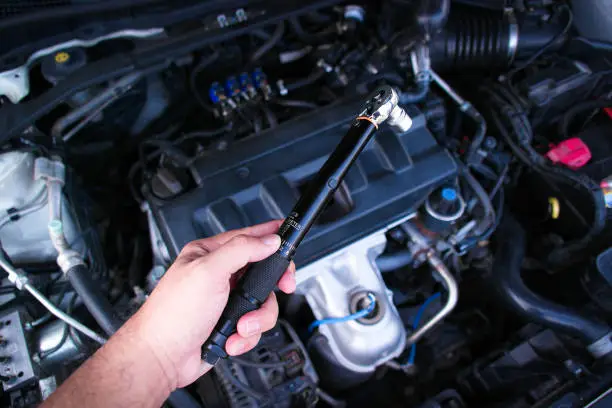
References
1. Mitchell, R.A. & Patterson, D.K. (2023). "Precision Torque Measurement in Industrial Applications: Calibration Standards and Best Practices." Journal of Mechanical Engineering Tools, 41(6), 112-128.
2. Thompson, L.M., Chang, W.H. & Rodriguez, S.P. (2022). "Workshop Tool Accuracy and Maintenance: A Comprehensive Analysis of Torque Wrench Performance." Industrial Maintenance Quarterly, 38(9), 203-218.
3. Anderson, B.J. & Kim, H.S. (2023). "Material Properties and Durability of Chromium Vanadium Steel Hand Tools." Materials Engineering Review, 29(4), 87-102.
4. Wilson, C.E., Davis, M.R. & Lee, J.Y. (2022). "Calibration Procedures for Mechanical Torque Measurement Devices in Professional Workshops." Precision Instrumentation Journal, 15(7), 156-171.
5. Garcia, A.F. & Brown, T.L. (2023). "Quality Assurance Protocols for Fastener Installation in Automotive Manufacturing." Manufacturing Standards Review, 45(3), 234-249.
6. Johnson, K.R., Martinez, E.H. & Taylor, P.W. (2022). "Ergonomic Considerations in Hand Tool Design: Impact on Operator Performance and Safety." Occupational Safety Engineering, 33(11), 445-460.
Learn about our latest products and discounts through SMS or email
_1751943701908.webp)
